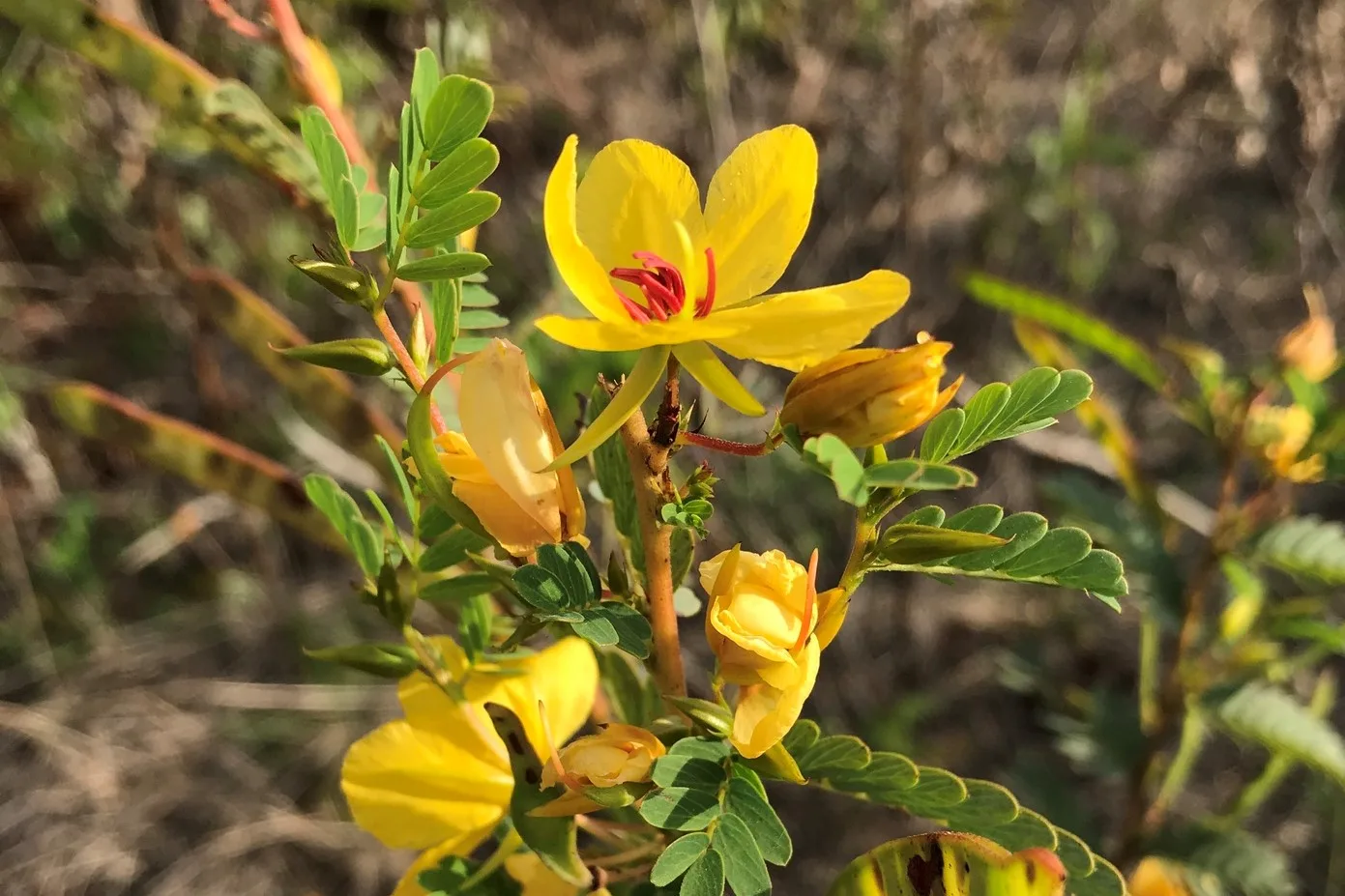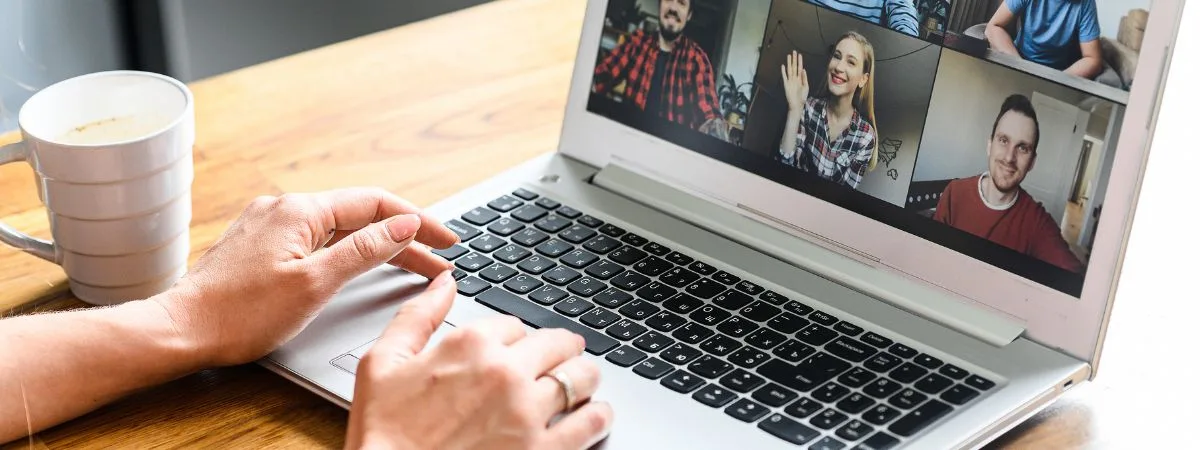The Clear Lake Chapter hosts a native plant sale in the spring and fall at the University of Houston-Clear Lake. Proceeds from the plant sales support the education programs of the chapter.
Spring Plant Sale on April 5
Our spring plant sale is happening Friday, April 5, 2024, from 4–7 p.m. on the UHCL campus! Here’s everything you need to know.
Bring your wagon or cart if you have one. Credit cards and cash accepted.
New for 2024
Raffle: Enter for a chance to win a bluebird house or an owl box! These prizes are perfect for enhancing your backyard habitat and welcoming native wildlife into your garden.
Market: In addition to our amazing selection of native plants, we’ll be offering a variety of garden supplies and yard art to help you create the garden of your dreams.
Of course, our sale wouldn’t be complete without an abundance of native plants. We’ll have more than 70 species of plants!
Plant Prices
Prices vary. Look for signs throughout the sale for pricing information.
Location
EIH is located on the UHCL campus at 2700 Bay Area Blvd. Enter Entrance 2, take a left on Bayou Rd., and follow the signs to the NOA 1 Bldg. Or use Entrance 3 on Middlebrook Dr. and take a right into parking lot D4.
PDF CAMPUS MAP | BIRDSEYE VIEW MAP
Get directions on Google Maps: bit.ly/getdirectionstoeih
Ask the Expert
We’ll have experts on hand to answer your questions about native plants.
Upcoming Plant Sale Events

Clear Lake Chapter Spring Plant Sale – April 5
The Clear Lake Chapter’s Spring Plant Sale date is set for Friday, April 5.

Clear Lake Chapter Plant Sale Committee Meeting
Thursday, March 28 — Clear Lake Chapter — Spring plant sale committee meeting.

Clear Lake Chapter Pop-up Milkweed Sale – March 5
The Clear Lake Chapter is having a one day, cash only milkweed sale March 5 at UHCL.
Volunteer Opportunities
If you would like to join the committee, volunteer to grow plants, or volunteer on the day of the sale, please contact us through our contact form or at clear-lake-chapter@npsot.org and we will add you to the committee’s email list.
Past Plant Sale Catalogs
A list of plants sold at our chapter plant sales that includes growth habits, light, water, and soil requirements. Notes on characteristics and tips for maintenance may be included. Recorded plant sale presentations are available on the Chapter’s YouTube channel.
Past Plant Sale Presentations
Native Plants for a Continuous Garden | Spring 2022
Shady Business: Selecting and Planting a Tree | Fall 2021
Native Plant Highlights | Spring 2021
Going Native | Fall 2020
